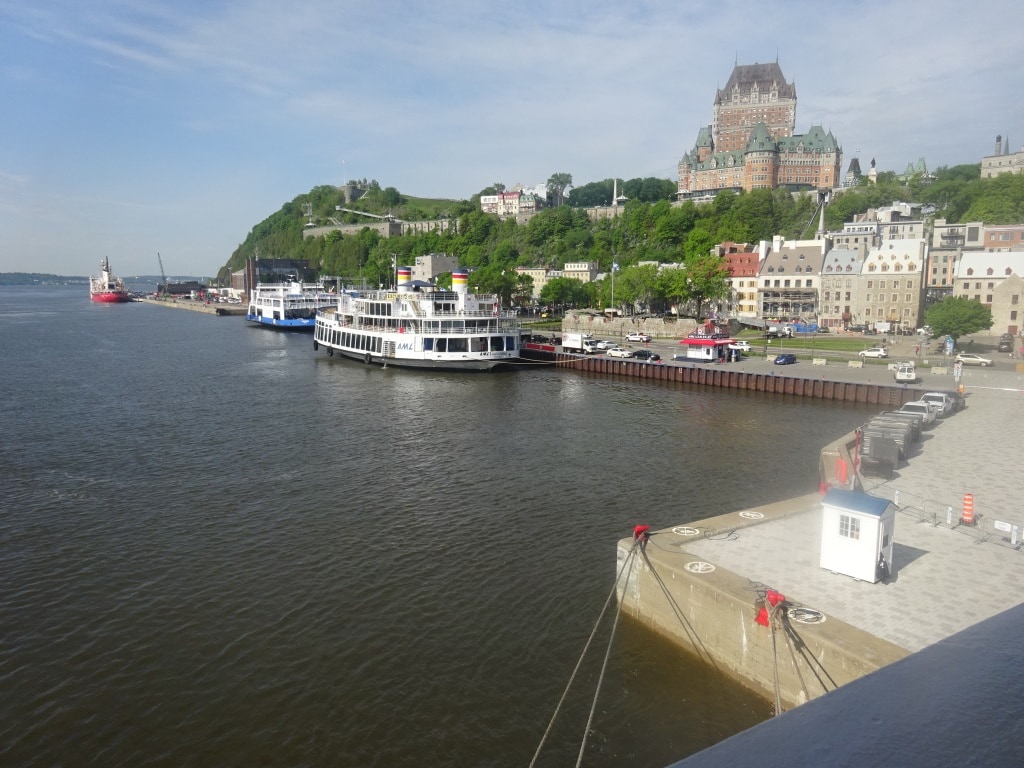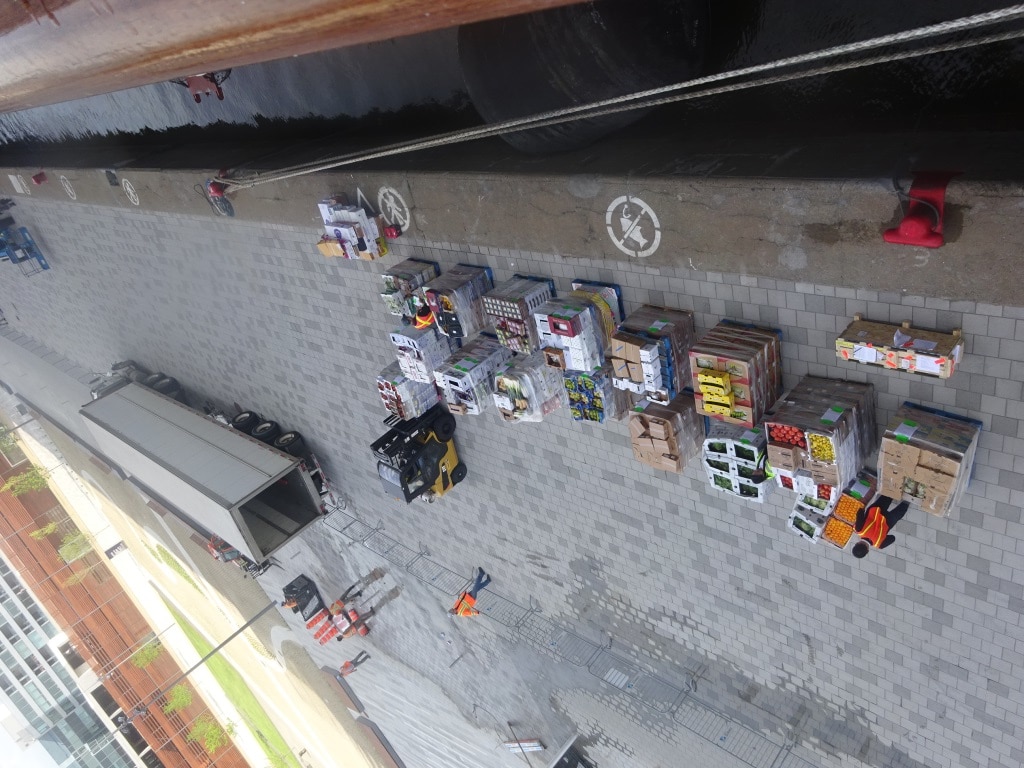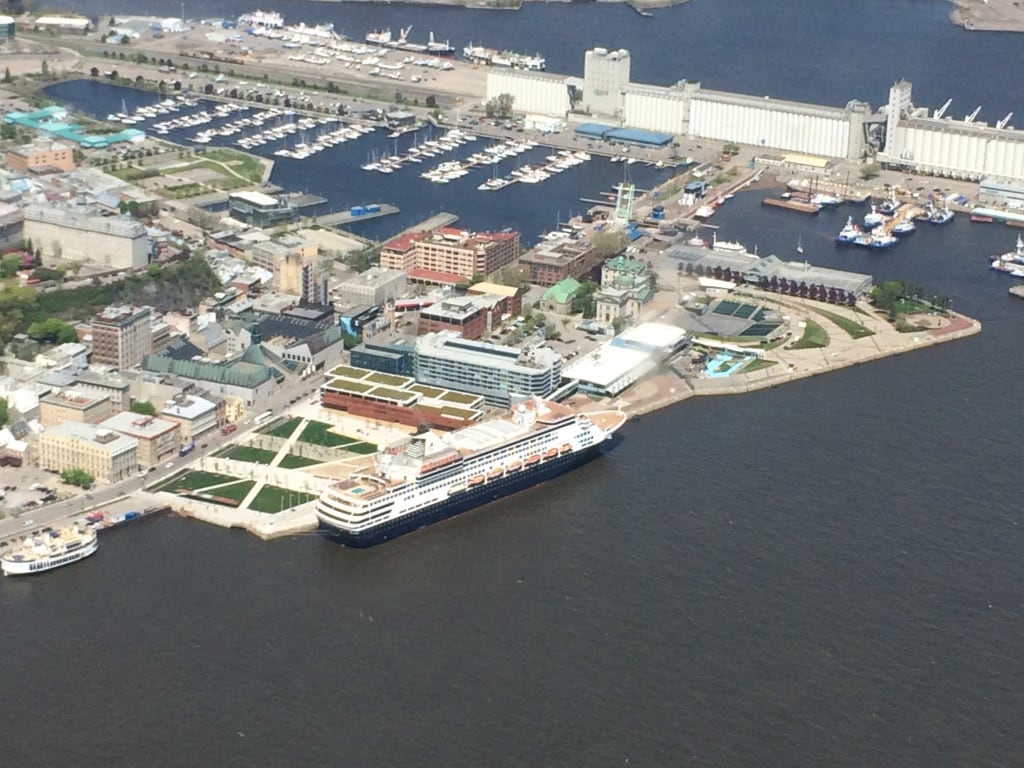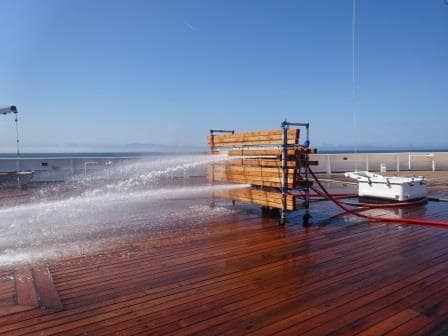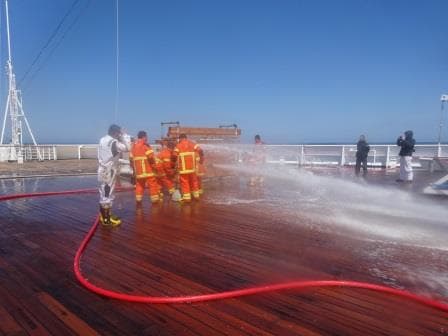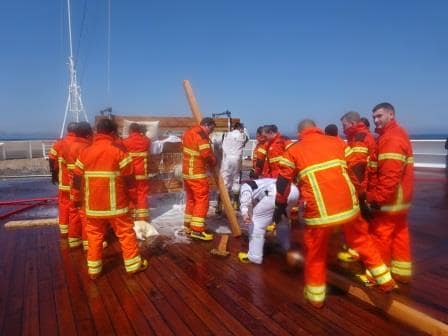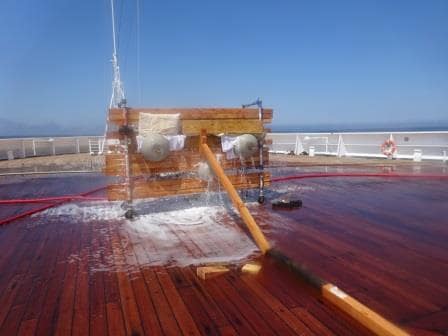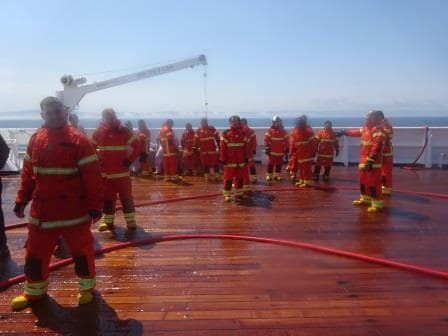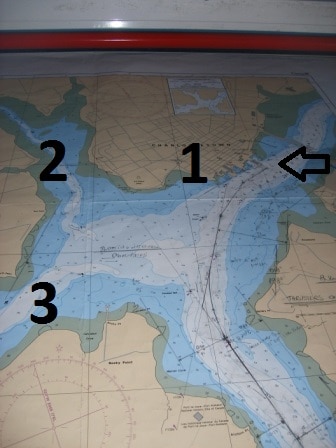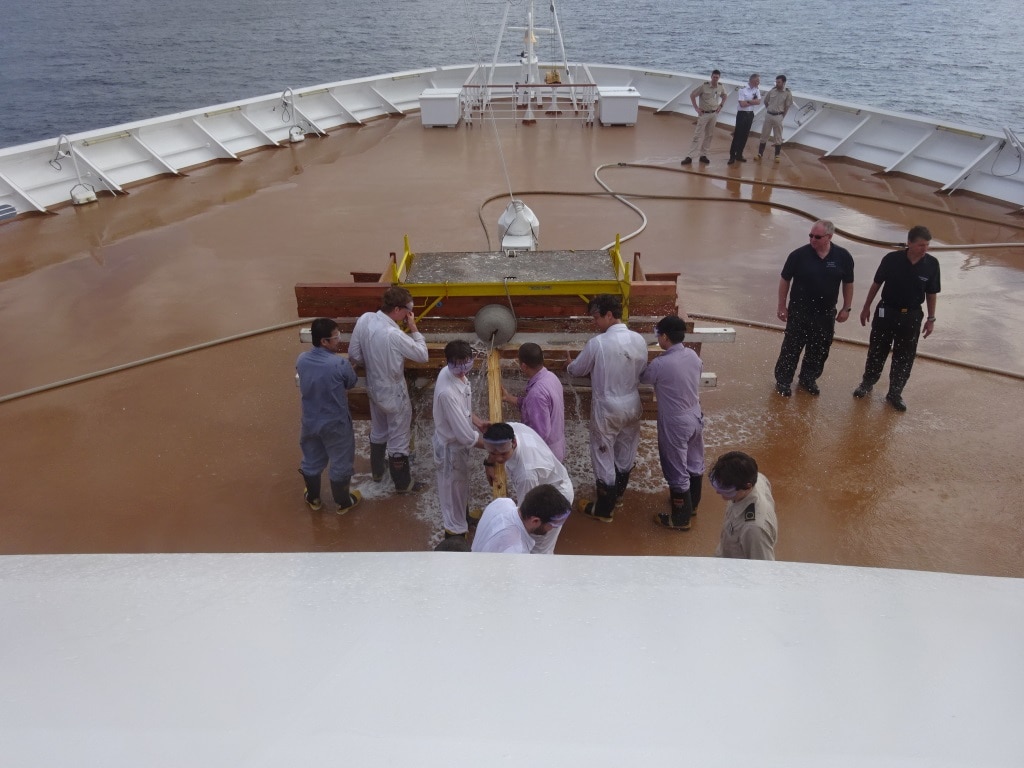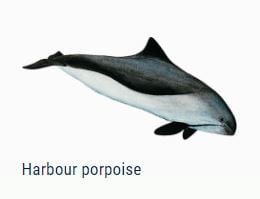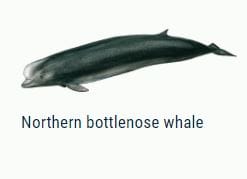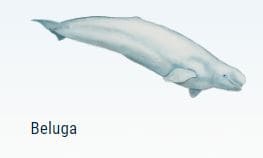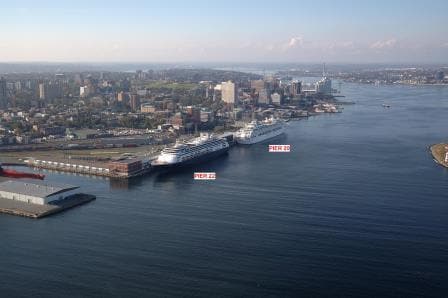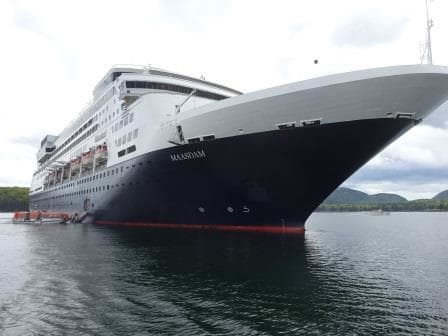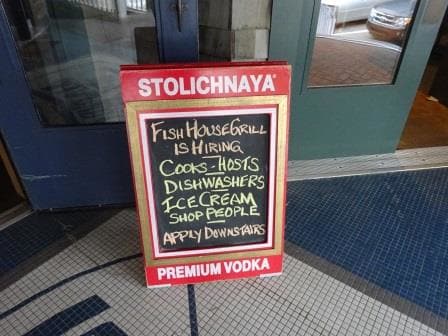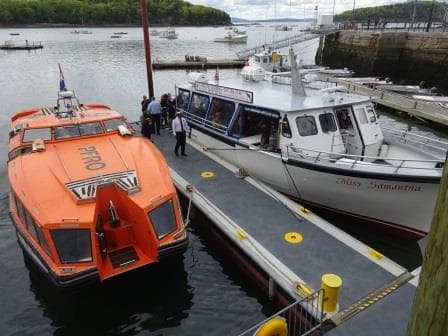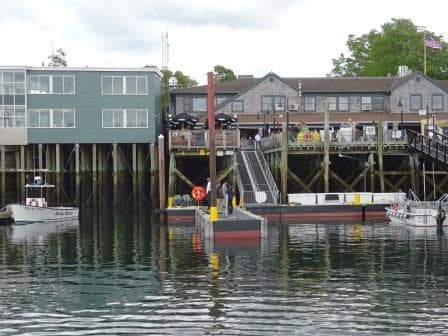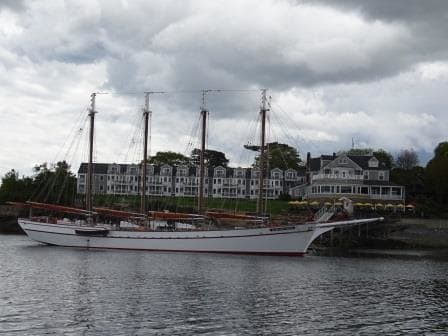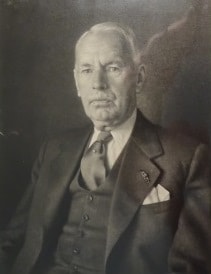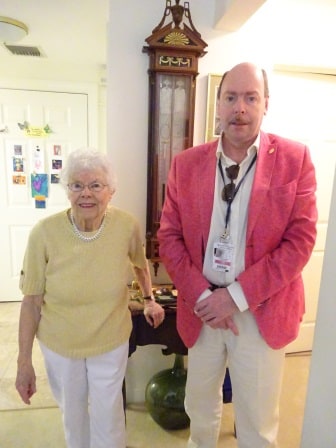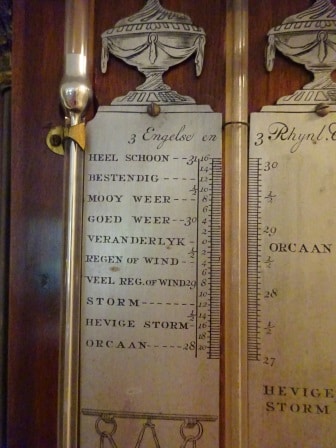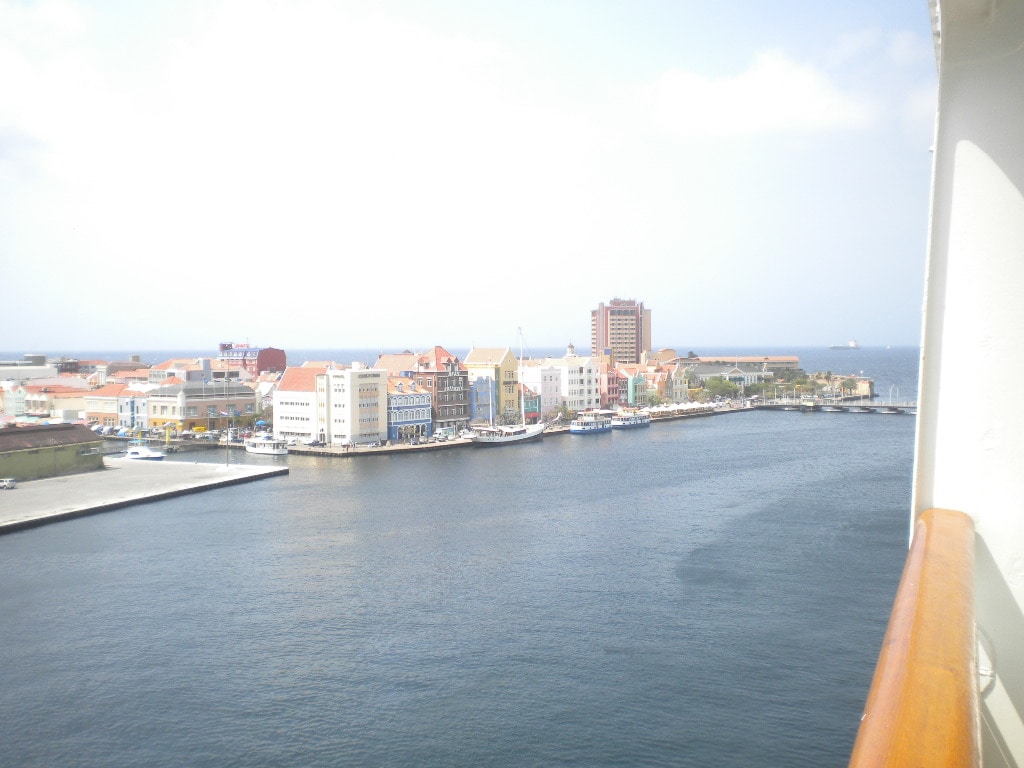From Seward we sailed into the Gulf of Alaska which is the most northern part of the Pacific Ocean. And yes the ocean was very pacific, very peaceful this time. Apart from the long rolling swell (but only 7 feet high) there was nothing to bother us. That long rolling swell is something we cannot do anything about; we have open water here all the way to the South Pole more or less, so nothing stops the waves from being under the influence of the wind and the sun and moon. Swell is mostly created by wind that is not there anymore. That is the definition. Otherwise we call it waves. Most of the swell in this area can have been created as far away as Hawaii or Japan. Then there is the sun and the moon which has the influence on the water which results in high water and low water. Although that only creates an up and down effect which we do not feel on the ship while sailing, but to get that water higher up the beach and to pull it away again there is a form of current in the water. And that also helps the swell to be more or less pronounced. But it must have been quiet further south as we had a very smooth ride.
We are now back in pilot country and during 6 of the 7 days of our cruise we have pilots on board. Two American pilots between Cape Spencer (near Glacier Bay) and Twin Island (east of Ketchikan) and then from either Triple Island (near Prince Rupert) or Pine Island (North west edge of Vancouver Island) all the way to Vancouver. As we sail in stretches longer than 8 hours, there are always two of them and they divide the hours between the ports up in an equal way. Why do we have pilots; because it is compulsory. Without too much detail: if you had a big garden, and suddenly somebody wants to race around in there with a big truck, would you not like to sit behind the driver to make sure all went well, of even prefer to drive the truck yourself ? Governments all over the world think the same way and thus the USA and Canada require pilots for the Inside Passage.
Thus yesterday morning we embarked two Alaskan pilots at Cape Spencer and our first port of call was Glacier Bay. As we are still early in the season, it means that there are no “whale waters” yet. This is a phrase which indicates for the sailing fraternity that there will be no speed restrictions. Glacier Bay is a National Park and thus there is oversight by Park Rangers. At the entrance of the Park is a Ranger station called Bartlett Cove. From there the Rangers monitor the Park but also sail with the ships to narrate to the guests what there is to see and how to interpret what they say. As we still have guests who think Alaska is a foreign country and a whale is something only to be seen on TV, their presence is much appreciated.
But they also count the wildlife. (When we sail up and down the Bay, we often have a spotter on the bow who counts everything that flies, floats or swims by or is visible on the shore side) When too many whales have returned from their time in Hawaii, the Rangers order the ships to slow down when entering the lower bay (entrance of Glacier Bay) to make sure that the whales have time to react to the ships and the ships have time to take evasive action. Today there was only one whale messing around, but he/she gave quite a show for the guests. As the weather remained overcast and a bit rainy, it was a bit of a challenge for the guests to remain outside……………. But those who did, saw Mountain Goats and Moose. (What is the plural of Moose? Meese, or Mooses ??) The latter are not seen that often in the Bay but we had two clearly visible coming down the mountain ridge.
Tomorrow we are in Haines, with an expected over cast day with no rain, as far as we know as of this moment.
